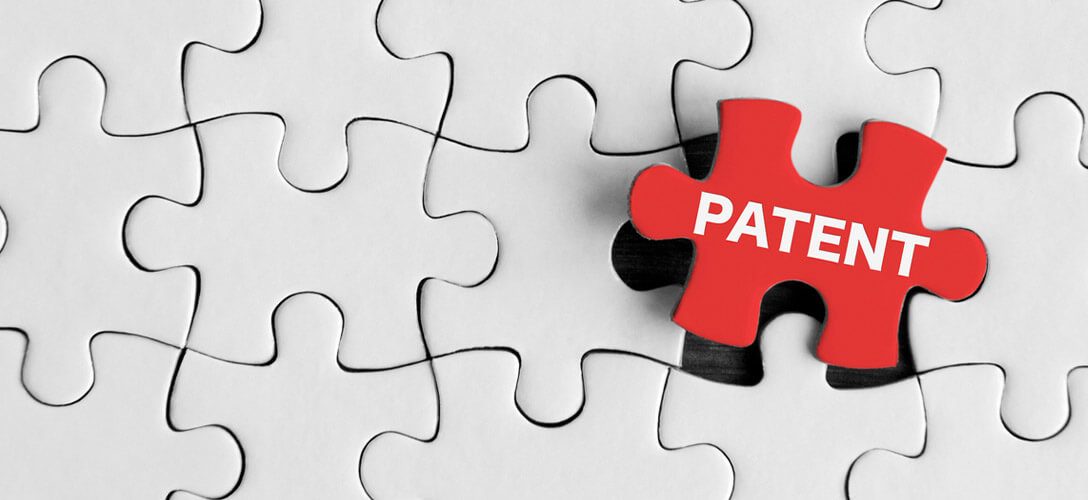Exclusive patent rights may prevent other corporations from utilising, selling, or manufacturing an innovation in the United States, or from importing it into the nation.

Patent exclusivity refers to a patent’s ability to prevent other firms from using, selling, or manufacturing an innovation in the United States, or from importing it into the nation. This also refers to the possessions and territories that the patent term covers for a period of 20 years beginning with the date the initial application was submitted in the nation. Over the years, maintenance expenses must be paid.
Table of Contents
What is the Procedure for Granting a Patent to an Inventor?
When an inventor applies for and is awarded a patent, the U.S. patent in the name of the United States will arrive in the mail bearing the Patent and Trademark Office’s seal. This is signed by a representative of the United States Patent and Trademark Office or the Commission of Patents and Trademarks. The patent will be granted to the patentee, and a printed copy of the design and specification will be affixed to the forms and patent.
What Does the Term “Right to Exclude” Mean in Patent Law?
A patent does not confer any of the following rights:
Developing the invention
Putting the innovation to use
The innovation is being sold.
Bringing the innovation to market
Instead, it just gives the specific character of the right. A person may normally use or sell what they choose without needing a government handout. The patent simply grants the owner the right to prevent others from using or selling the innovation. The patentee’s right to do so is determined by general laws and the rights of others.
What Steps Are Involved in Correcting Granted Patents?
Just because a patentee has been granted a patent for their innovation does not imply that they are entitled to use, sell, manufacture, or import their invention if doing so would violate a law. Someone who invents a new vehicle and receives a patent, for example, is not permitted to operate that vehicle in places where a licence is necessary. They also can’t sell it if a law prohibits them from doing so just because they hold a patent.
If there is a clerical mistake in the patent, a replacement certificate may be requested free of charge if the printed patent and the one in the office do not match. These adjustments are mostly typographical mistakes that occur during the printing process. Small mistakes made by the applicant may be remedied with a certificate of rectification for a fee.
The patentee may attempt to have one of their claims removed by filing a disclaimer with the office. When a patent is determined to be faulty, the law allows the patentee to file for a reissue patent. This will take the place of their previous one and is only valid for the duration of the unexpired period. However, new topics cannot be introduced, and alterations are restricted to a certain number of people.
A person may submit a request to have the patent re-examined, along with the fee that is necessary based on previous art in the form of printed publications or patents. At the conclusion of the re-examination processes, a certificate indicating the outcome of the proceedings is issued. After the patent’s expiry date, anybody may use or sell the innovation without obtaining permission. This is true as long as it is not covered by any other unexpired patents. The terms may be expanded for certain drugs and conditions as provided by law.
What Are the Different Kinds of Patent Licenses?
An exclusive patent licence means that no other company or individual may utilise the intellectual property rights save the licensee. According to federal law, only one licensee may use, sell, or manufacture an invention for commercial reasons throughout the patent’s lifetime. Licensing restrictions for government-owned innovations require federal authorities to review the applicant’s intentions before granting them an exclusive licence. This is also known as the marketing strategy.
A non-exclusive licence allows the licensee to handle intellectual property independently. However, the government retains the option of granting an undetermined number of licensees the same rights to use, manufacture, or sell this technology. This is why it’s critical to do your homework before applying for a licence.
